
It takes a lot of experience and creative vision to visualize the beauty in mono-chromatic world of black and white photography. And it takes equally sound technique to capture awesome variety of these images. Here are 10 tips to help you get started with black and white photography for creating mood, interest and ultimate masterpieces.
-
Learn To Envision In Grayscale
The first thing to get started with black and white photography is the mono-chromatic visualization. Learn to see and admire the beauty in greyscale before picking up the camera. Get inspiration from the black and white photo-galleries and look for the essence that draws your attention into the timeless world of black and white photography. The ultimate beauty lies in the creative approach of the photographer with which he draws the viewer’s attention to the masterpiece of art.
-
Shoot In Color
With a DSLR, it is always better to shoot in RAW, color and work on the conversion to black and white during post-processing. The presence of color information allows you to use your own post-processing techniques and fine-tune the results. Shooting in color enables you to de-saturate specific colors to present a mono-tone image or use color filters to change the contrast and shades of objects of different yet equally strong colors. You can also process the image creatively to create a desaturated look. And it doesn’t end there; creativity is the only limit. Tuning the camera to B&W mode is not always the solution. The best photographs are the ones which truly utilize the power of color. Conversion during post-processing allows you to mix color channels, shift hues, de-saturate and applying color filters for more effective conversion. Watch out the tutorial for converting the color photograph to black and white here.
-
Shoot In RAW
Call it the limitation of digital camera or the superiority of film cameras, the digital camera sensors have lower dynamic range than film. This results in a smaller tonal range than what a film gives. The digital RAW helps you overcome this limitation to a certain extent. The 12-bit or 16-bit RAW files retain greater and finer details in terms of tones, textures, gradients & shadow recovery and allows you more ground for post-processing techniques. Shooting in RAW enables you better shadow recovery and more shades of gray amongst a host of other benefits. And as long as you are shooting RAW, you can even turn on the black and white mode in the camera. It would give you a pretty accurate preview of the capture yet allow you to revert to a color version during post-processing or fine-tune in greyscale. That’s because RAW is not a photograph, it’s the image data and has to be converted to an image during post-processing (the in camera RAW photograph is only a quick thumbnail for quick preview purposes).
-
Use Color Filters For Black And White
In the days of film, it was tricky and challenging to represent the difference between two equally strong colors. The difference could only be represented by creating a contrast between these two hues. Also, as in the case with digital photography, the film cameras do not offer post-capture conversion to black & white. Thus this contrast had to be created in the actual capture by using color filters (learn more about filters here). The color filters are just a transparent colored glass. So for example, a red filter will allow more red light to enter the camera thereby increasing the brightness of the red objects (the red objects would appear brighter). In case of digital you can forget about filters as long as you are using RAW and doing the conversion during post-processing.
-
Composition Techniques
Composition is the one of the basic elements of this colorless or mono-chromatic world. While the color photographs speak the language of colors and create interest owing to the colorful visuals, the essence of black and white photographs lies in the subtlety with which the subject or the scene is framed. It convey the emotions, create interest, add drama, create mood and attract the viewers attention by including eye leading lines, repeating patterns, real life textures and of course by following the rule of placing the subject in the thirds or ordering the elements in divine golden ratio.
-
It All Lies In The Fine Details
The essence of black and white photography lies in capturing the physical properties of the objects in form of texture, shape, form, tones; which is possible only when you are thorough with the concept of lighting. Soft light gives extensive tones and hard(er) light enhances contrast. Angular light accentuates the textures and forms. Filling the frame with such fine details help in relating the objects to real life with subtlety of colorless impact.
-
Tones: Portray Seamless Shades Of Gray
The black and white photographs create interest due to the encompassing tonal range. Even though black and white photographs are mono-chromatic, their underlying beauty lies in the grayscale imagery which is exclusively composed of shades of gray, varying from black at the lowest end to white at the highest. The tonal range helps in bringing out the softness of human skin, clouds, reflections, etc and thus work best for people & portraits and landscape scenes.
-
Contrast Sets The Mood And Tone Of The Capture
The contrast is the difference between the highlights and the shadows. The contrast plays an important role in conveying the message and sets the tone (in terms of attitude) of the imagery; wherein a high contrast conveys strength, power and authority on one hand and the low contrast image portrays the softness and haziness. One of the best ways to bring out the contrast in the photographs is to include beautiful waterfalls, sand washed beaches, mirroring reflections, etc with lights from the proper direction to heighten the difference between the highlights and shadows.
-
Choose A Subject That Conveys Emotion Or Creates A Mood
Black and white photographs are the perfect medium of portraying the sentiments and emotions. Some of the wedding photographs, childhood portraits, lonely landscapes are shot in black and white to recite the timelessness of relationships. Some of the landscape scenes which stand apart owing to the colorful sensation may look flat and dull in black and white. While the scene having an element of loneliness, nostalgia and classy touch probably qualify for black and white photographs. After all the primary element of black and white photographs is not cheerfulness or liveliness, it is the sentiments and emotions that hold you back to look at the black and white photographs.
-
Use The Lights To Enhance The Impact With Blacks & Whites
Light is an integral element in any form of photography. Lights add drama to the scene on one hand and help in penetrating the depth on the other hand. In black and white photography, the tones and shades of gray vary with the variance in the direction and source of light. The theory of light which hold true for color photography only become more important in case of black and white photography.
Explore some more tips about black and white photography. Have you tried black and white photography yet? How do you go about it?


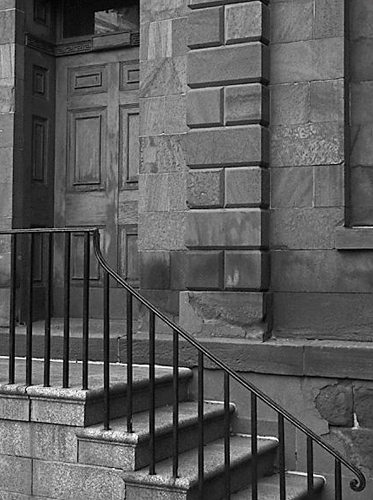
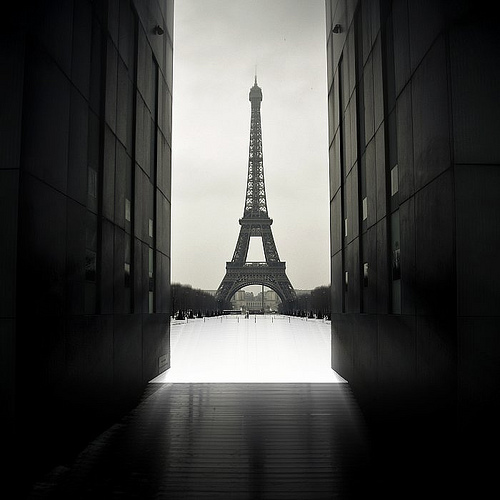
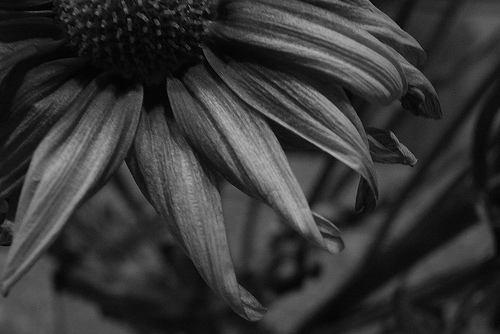
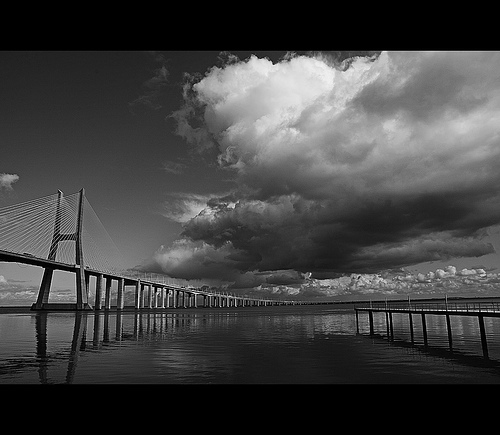
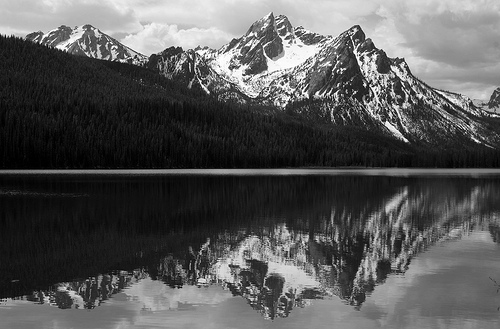
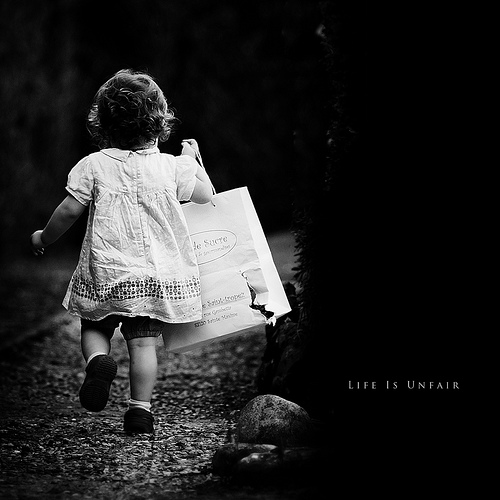

Thnx a lot real helpful tips
interesting and informative
thanks for updating